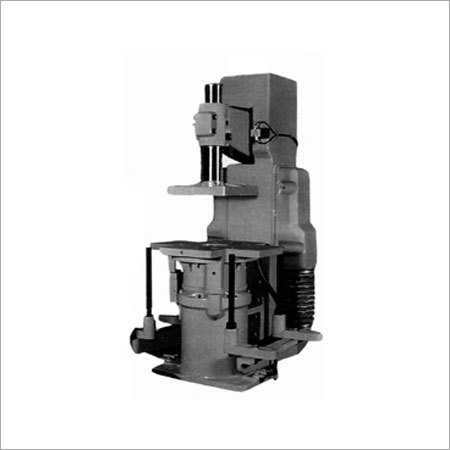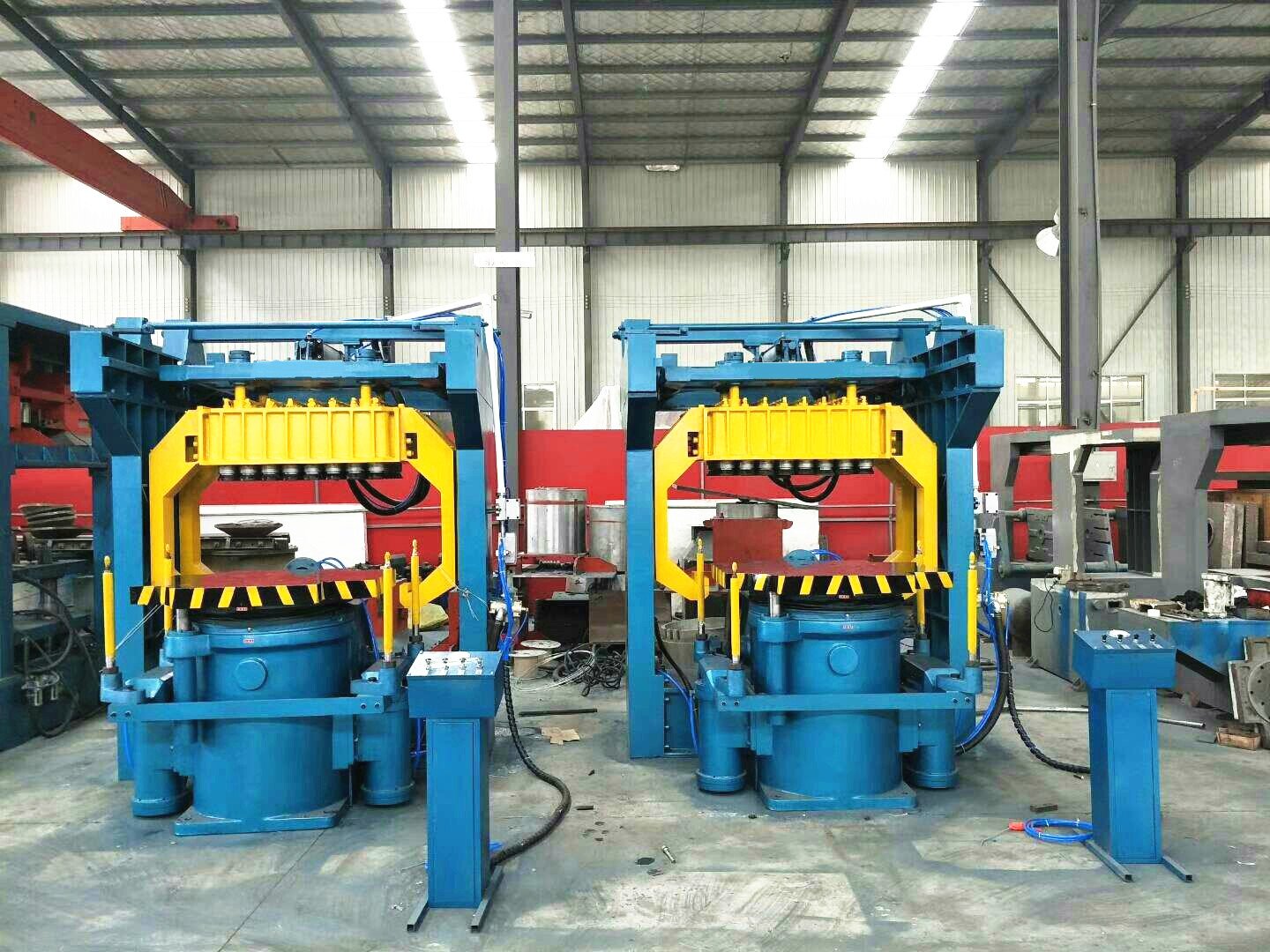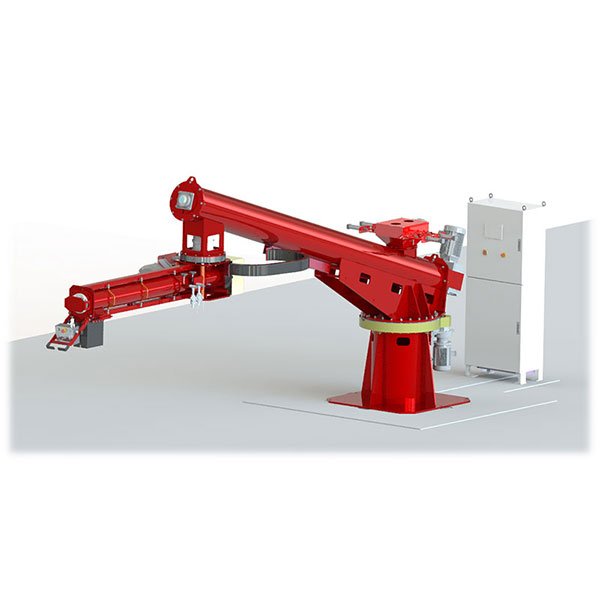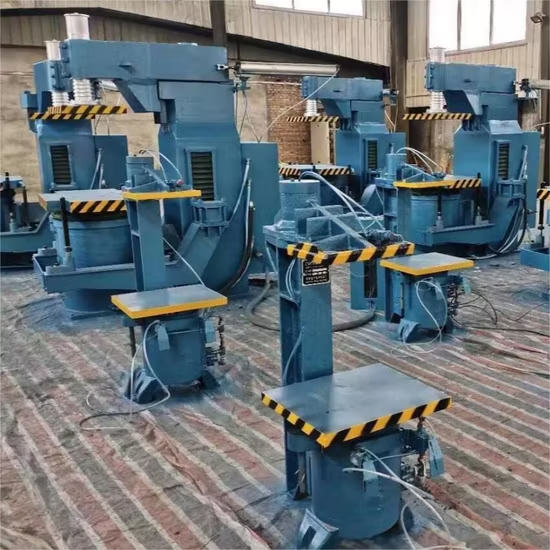Shot blasting may seem routine, but beneath the surface lies a high-risk environment—one oversight can result in serious injury or production downtime.
Shot blasting involves high-velocity abrasive projection, making PPE, pre-checks, and operator training essential for preventing accidents and maintaining production stability.
Over the years, through equipment design, on-site commissioning, and after-sales support, I’ve encountered almost every scenario imaginable. This article is not theoretical; it’s built on hands-on experience with real customers, real machines, and real consequences.
What Is Shot Blasting and Why Safety Matters?
Many operators assume that wearing overalls and pressing the start button is enough—but this is often where danger begins.
Shot blasting uses abrasive media accelerated by mechanical force to clean or texture surfaces, which presents hazards such as ricochet, dust inhalation, and mechanical failure.

In the systems we design, such as external steel pipe blasting machines, abrasive speeds can exceed 80m/s. At that velocity, a single steel shot bouncing off-target can cause severe injury. I’ve seen operators get injured not by equipment failure, but by momentary negligence.
Typical Hazards in Shot Blasting
| Type | Example Scenarios | Consequences |
|---|---|---|
| Mechanical Hazards | Unsecured blast wheels, loose guards | Cuts, fractures, or machine failure |
| Respiratory Risks | Leaking chambers, worn-out filters | Silicosis, chronic lung diseases |
| Noise Hazards | Inadequate dampening, long-term exposure | Hearing loss, fatigue |
| Fire/Electrical | Poor grounding, static sparks, worn cables | Electric shock, fires, unplanned stops |
One German client I worked with told me: “Safety is not a department. It’s a culture.” That quote stayed with me and has shaped how I deliver every project since.
Essential Personal Protective Equipment (PPE) for Shot Blasting Operators
Most injuries I’ve seen aren’t caused by machine defects, but by operators who think “I’ll just grab this quickly without my helmet—it’ll be fine.”
Shot blasting PPE includes blast helmets, respirators, suits, gloves, boots, and hearing protection—each item is critical for guarding against specific hazards.
Every time we deliver a machine, we include a recommended PPE list. Some clients once ignored respiratory protection, only to discover lung issues in annual medical checks. Eventually, they had to implement retroactive protocols.
Recommended PPE Breakdown
| Item | Protection Focus | Best Practices |
|---|---|---|
| Blast Helmet | Head, eyes, face, dust inhalation | Prefer integrated air supply with full coverage |
| Respirator (HEPA) | Fine dust, toxic particulates | Use HEPA or N95 filters; never cheap disposable masks |
| Protective Suit | Abrasive impact, skin contact | Reinforced seams, neck to ankle coverage |
| Heavy-duty Gloves | Cuts, abrasions, metal edges | Long cuffs, puncture-resistant material |
| Steel-toe Boots | Falling objects, slipping | Anti-static soles, ankle support |
| Hearing Protection | Sustained noise exposure | Dual-layer protection above 90dB |
In one case at a pipe plant in Jiangsu, an operator wore gloves that didn’t fit properly. During a manual check, his hand got caught in the feed roller. The incident delayed production for two days and led to new PPE sizing protocols across the facility.
Pre-Operation Shot Blasting Safety Tips
If you don’t check for oil leaks or test your dust collectors before you begin, don’t be surprised when the job goes sideways.
Pre-operation checks must include machine inspection, PPE verification, dust system validation, and hazard clearance to avoid startup-related incidents.

Operators should never skip this step. I recommend implementing a signed checklist verified by the shift supervisor. This one practice alone has prevented countless issues across our installations.
Sample Pre-Operation Checklist
| Task | Why It Matters | Frequency |
|---|---|---|
| Blast wheel and liner inspection | Prevents failure and flying debris | Before each shift |
| PPE check and confirmation | Avoids individual protection gaps | Before each shift |
| Ventilation/dust collection test | Prevents dust build-up and air hazards | Before each shift |
| Power/airline connection check | Ensures safe startup without surges | Before each shift |
| Emergency stop system test | Verifies system shutdown capability | Weekly |
Minor issues discovered in these checks can prevent major breakdowns later. A checklist costs nothing—downtime costs everything.
Operational Safety Guidelines During Shot Blasting
The moment the machine starts, you’re operating under high kinetic force. Even a glance at your phone can have serious consequences.
Stay alert during blasting, control the nozzle firmly, ensure clear communication, and maintain strict access control around the machine.
At one client site in Hunan, a new hire failed to secure a blast hose, causing abrasives to spray uncontrollably. Fortunately, emergency shutdown systems kicked in. Afterward, the client implemented restricted access zones and secondary personnel monitoring.
Key Safety Practices During Operation
- Always maintain a two-hand grip on the nozzle
- Never allow unauthorized personnel near the blast zone
- Monitor sound and vibration for abnormal behavior
- Maintain constant communication with the support team
- Stay focused—no phones or unrelated tasks during operation
We recommend operator rotation every two hours during heavy blasting shifts to prevent fatigue-induced errors.
Shot Blasting Machine Safety Best Practices
The more advanced your machine, the more important it becomes to manage emergency procedures and mechanical integrity.
Implement lockout/tagout (LOTO), conduct regular safety audits, test emergency stops, and recertify operators to reduce machine-related risks.

For every system we deliver, we include an "Emergency SOP Protocol" binder. When an issue occurs, the goal is not to panic, but to follow procedure.
Machine Safety Management Essentials
| Measure | Implementation Tip |
|---|---|
| Lockout/Tagout Procedures | Mandatory before any maintenance or clearing |
| Safety Audit Schedule | Monthly internal, quarterly third-party |
| Emergency Stop Testing | Conduct visual and functional tests weekly |
| Guarding and Interlocks | Enclose all moving parts, tie to shutdown |
| Operator Recertification | Require updated training every 6 months |
Some of our clients use MES software to link audit compliance to production schedules. If a machine fails audit, it’s automatically excluded from job assignment.
Conclusion
Shot blasting safety is not an afterthought—it’s a daily practice embedded into every task. The most productive facilities are always the safest.
Regularly review and apply these safety measures to protect your team, your machines, and your business performance.







